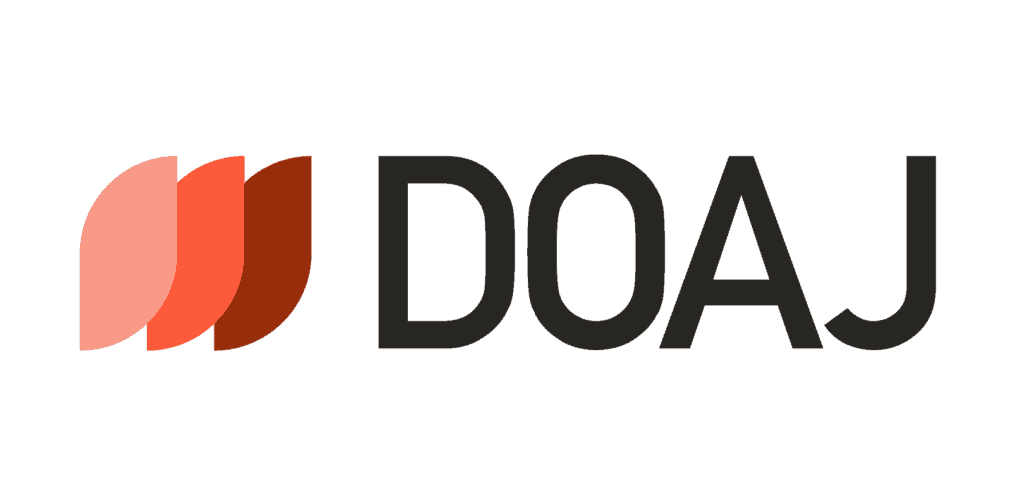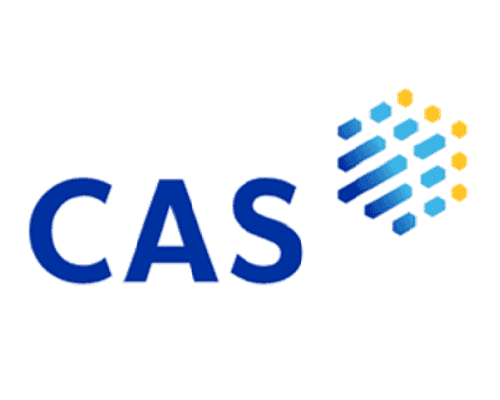FAQs
Frequently Asked Questions (FAQs)
1. Do I need to pay a publication fee and will I receive remuneration for publishing papers in BIOI?
We do not offer remuneration nor collect publication fees for publishing papers in BIO Integration.
Submit your article today via the online submission system.
2. What are the aims & scope of BIO Integration (BIOI)?
BIO Integration is an international open access journal dedicated to publishing multidisciplinary views driving the progress of modern medicine.
Effective integration of diverse scientific disciplines, incorporating perspectives of academia, industry, governmental organization, and rapid translation of these discoveries to the clinics is essential for realizing the potential of the next era of biomedical research. Personalized medicine underlines the role of science collaboration as a major innovation driver in modern medical research, however, such science collaborations are also subject to relevant challenges because interests, values, and aims often significantly differ between academia and industry.
To achieve the next paradigm shift in the integration of basic science, medicine and clinical practices, scientific collaborations call for precise and deep understanding of mutual interests, paving the way for a rationale balance between the different fundamental interests of academic researchers, clinicians and industry representatives. Effective translation of biomedical research into clinical practice requires transdisciplinary communication among experimental scientists, research-active clinicians, industry, and healthcare providers.
In view of this, there is a need to build a high-quality interdisciplinary forum, and BIO Integration seeks to fill that niche. Aimed at bridging the gap in laboratory, clinic, and biotechnology industries, BIO Integration will provide a cross-disciplinary platform devoted to fostering excellence in research and education and communicating crucial advances in this important field. BIO Integration offer insights into different areas of life science such as biology, bioengineering, clinical research, public health, and medical physics in order to encourage cooperation and exchange among scientists and clinical researchers.
BIO Integration will specifically focus on original, cutting-edge, interdisciplinary contents in the field of biosciences, including medicine, biochemistry, biophysics, bioengineering, biotechnology, etc., which generate hypotheses and questions relevant to the patient and disease and guide the investigations of cellular and molecular medicine. New methods, important applications, and new interpretations and treatments of existing data, as well as conventional studies in medicine that can be applied to future theranostic applications are encouraged.
BIO Integration welcomes the submission of review articles; original research; News/commentaries/editorials on specific topics of interest to the readership; short communications/technical reports which can include works-in-progress, short reports, and technical notes; “How I Do It” articles covering the technical aspects of a procedure and case reports that should provide a brief description of a case with unique features that have been previously unreported.
3. What is open access?
BIOI is an open access journal. This means that permanent and free access to published scientific works for readers and no publication fees for the authors – it is 100% free.
4. How should I submit articles to BIOI?
Submissions to BIOI are made using ScholarOne, the online submission and peer review system. Registration and access is available here.
5. Is there a printed version of BIOI?
BIOI currently publishes online only.
6. Where can I access the online version of BIOI?
BIOI is published online at ScienceOpen. If you would like a hard copy of an article, you can download the PDF version of the article and print it.
BIO Integration is indexed in EMBASE, Scopus, CAS, DOAJ, Research4Life, Ulrich’s web, OCLC, WorldCat, Primo Central (Ex Libris), Sherpa Romeo, CNKI Scholar (Chinese National Knowledge Infrastructure) and Summon Databases.










